My mother has always been the sort to cry at old songs and tear up at family dramas on TV. She fusses over everyone like it’s second nature. But that evening, she didn’t shed a tear.
She sat by the window when the news came — Ritu, her best friend from school, had lost her husband. For a long second, her hand stilled over the phone, like the weight of 25 years had settled in her palm. And then, without a word, she began to dial a number she hadn’t called in decades.
I waited for her voice to break. It didn’t. When Ritu’s sobs filled the silence, my mother stayed steady — the kind of steady that holds another person together when the world is falling apart. She listened, let her friend cry, and finally said the only words that mattered: “I’m here.”
That call stretched into hours. And from that day on, something began to mend — the years they had lost, the distance that had grown. What started with brief messages turned into long conversations, until two women — living in different cities and separated by calendars full of missed years — found their way back to each other.
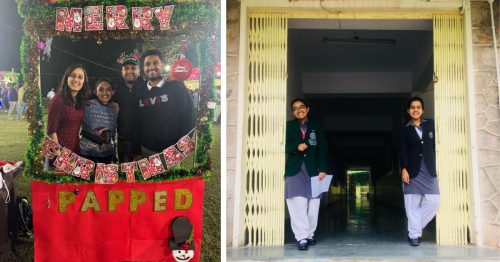
It made me think. The ways we keep in touch have changed — letters gave way to WhatsApp pings, landlines to video calls — but the heart of friendship hasn’t moved an inch. It was never about counting conversations. It was about showing up when it mattered.
To understand how this truth threads through time, I sat down with three people — a 24-year-old student, a 30-year-old teacher, and a 46-year-old homemaker. And they had beautifully similar and differing things to say.
Of waiting spots and WhatsApp pings
When Akshita Pareek thinks of school, she remembers five minutes that felt like a world. “I was the head girl, so after class, I’d stay back for duties — standing at the staircase, making sure everyone left in an orderly line. And every single day, my best friend would wait for me at our spot,” she says.
Those minutes at the bus stop were their ritual — short but precious. “It was her way of saying, ‘I’ve got time for you’,” Akshita adds.
Back then, friendship often tasted like food — sev puri (crispy street snack) from a stall they claimed as theirs, or a cafe’s salted caramel waffles that waited every time Akshita’s best friend dropped by her home.
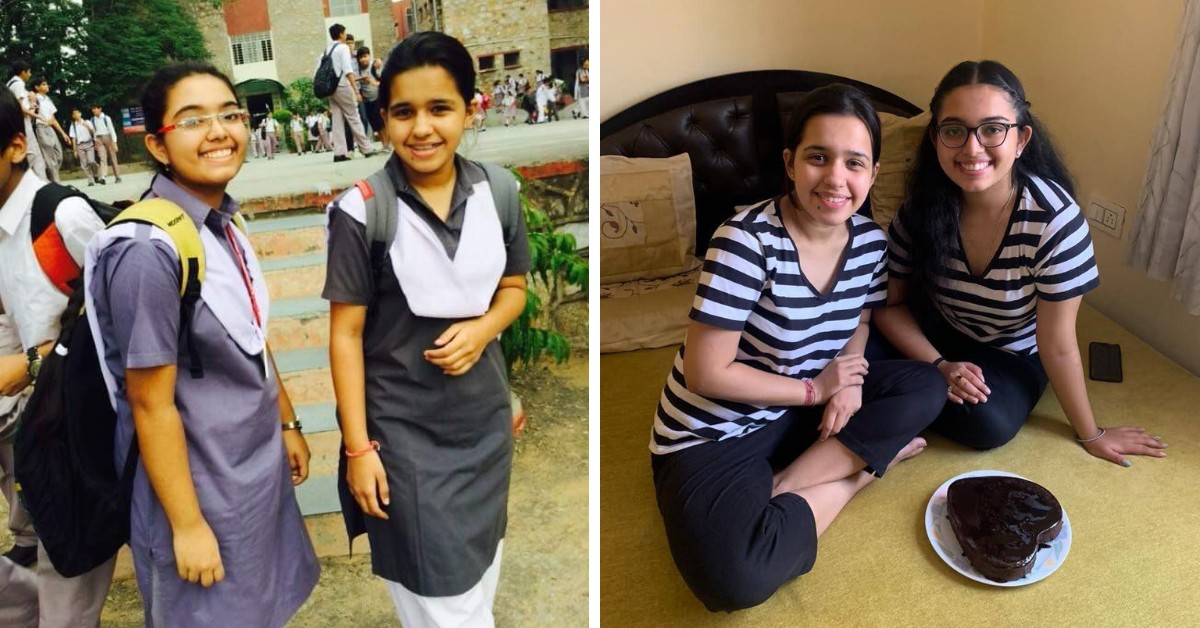
In college, afternoons often began in the amphitheatre. “We’d sit in a circle, passing around rotis stuffed with gossip as much as vegetables. One of us would suddenly say, ‘Let’s go!’ and before we knew it, we were on a two-hour metro ride, heading to someone’s living room to dance like the world wasn’t watching.”
Akshita holds back her laughter to continue, “We’d say, jo hoga dekha jayega (we’ll see what happens)… abhi dance karna zaroori hai (dancing is important right now).”
But life scatters people. Today, Akshita, who hails from Jaipur, is in her second year of an MBA in Anand, Gujarat. Friends are now spread across cities, some working, some pursuing higher studies. The weekend video calls they once treated like gospel? “They just slipped away. I’ve lost count of the Sundays we missed,” she admits.
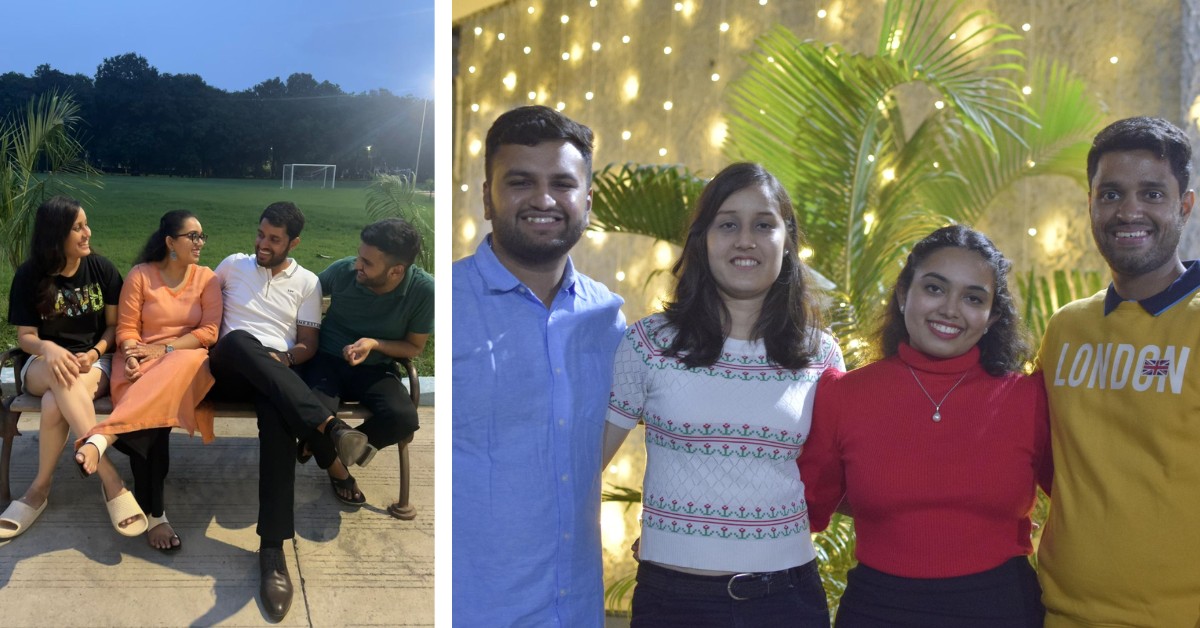
Now, gestures are smaller but no less meaningful.
“Sometimes it’s just a random ‘Hi, are you alive?’ text that lands when you need it most. You could be drowning in assignments or in the middle of a quarter-life crisis, and then that one message pops up — and suddenly, you’re on a call, ranting about life.”
And when words fall short, care shows up in other ways. “The other day, my friend sent me food and even tucked in a flower because he knows I love them. That one flower… it made my day.”
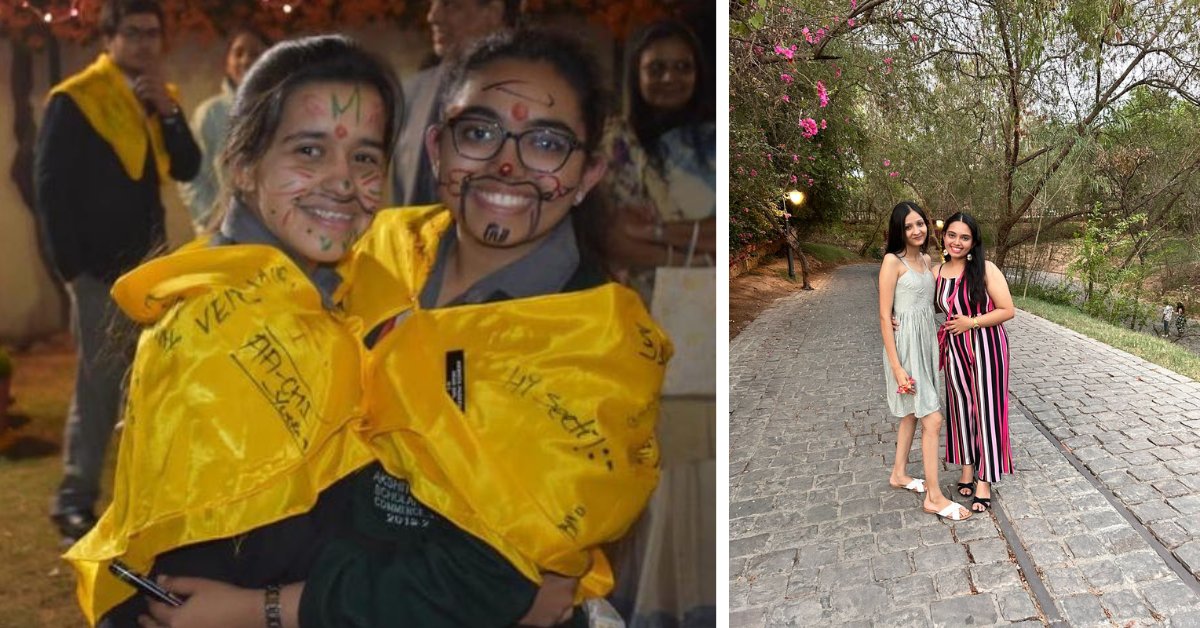
However, she immensely misses “being part of their lives — knowing every little detail”. “Now, it’s quieter. I sometimes feel like I’m standing in the shadows of those friendships. But those years… they wouldn’t have been as beautiful if it weren’t for those friends.”
Life has changed, she remarks, so have the ways we show up. But for Akshita, what matters hasn’t — the certainty that love still hides in small gestures, whether it’s a text, a call, or a flower in a lunchbox.
For Kirti, those gestures once tasted like pineapple milkshakes, and they’ve only grown sweeter with time.
Of shared milkshakes and missed gatherings
Kirti Sodhi still remembers the day she met Surbhi in school. They clicked instantly and decided — without ever saying it aloud — that life would be easier if they walked through it together.
“We did everything side by side,” she recalls. “Same school, same college, even the same subjects — so we could spend every waking hour together. If we needed pictures for a project, we’d shop together. If there was a function at her house, I was there like family. And she was the same for me. Her parents treated me like their daughter, her siblings like their sister. The line between friendship and family? It didn’t exist for us.”
College brought its own rituals — like stopping at their fixed spot for pineapple milkshakes after class. “We dreaded exams together and helped each other with studies all the time.”
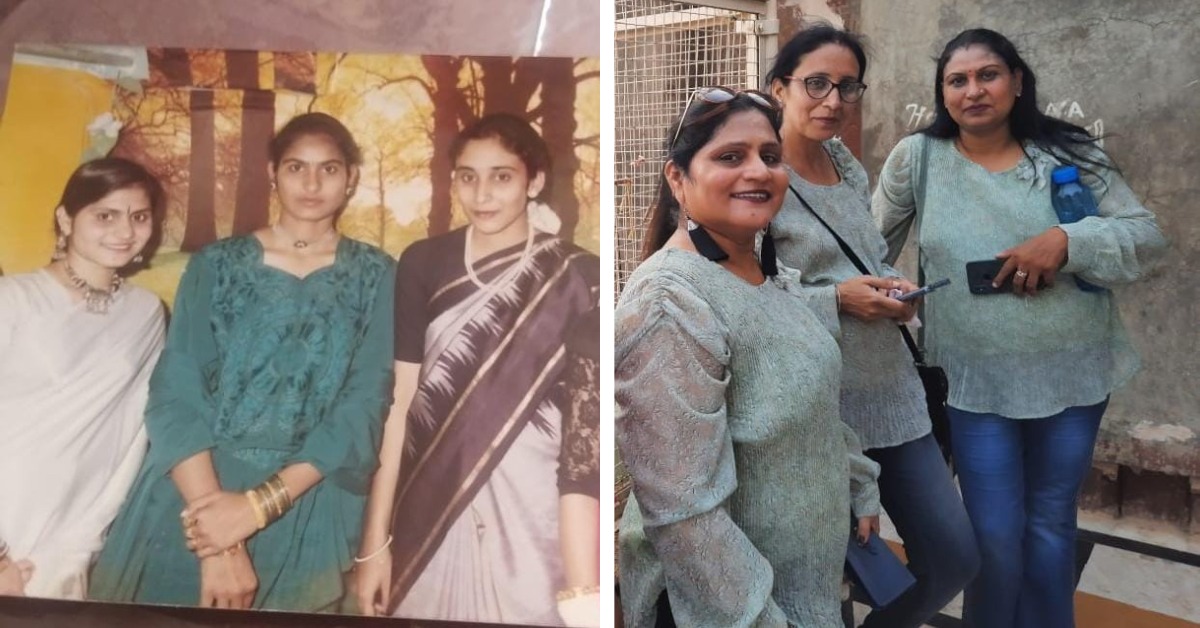
Kirti smiles as she recalls the endless landline calls — starting with an excuse about notes, then slipping into hours of conversation. “We never had an ego about who should call first. If I didn’t, she would. And if neither of us did for 10 days, nothing changed. We’d pick up right where we left off.”
Today, Kirti lives in Udhampur, Surbhi in Jodhpur. There are no more market runs or family gatherings, but the bond hasn’t loosened. If anything, technology has made it easier.
“We do video calls, send each other pictures and videos from our day — what we cooked, what we wore, the little things,” she says. “We share reels, tag each other in stories, and make sure to talk properly at least once a week. If I forget, she calls. If she can’t, I will. We’ve never kept score about who called last — that has never mattered to us.”
What she misses most are the gatherings at Surbhi’s home. “Even the smallest functions — those moments felt special,” she says. “Life changed with marriage and kids, but when something matters, you make time. And we always do.”
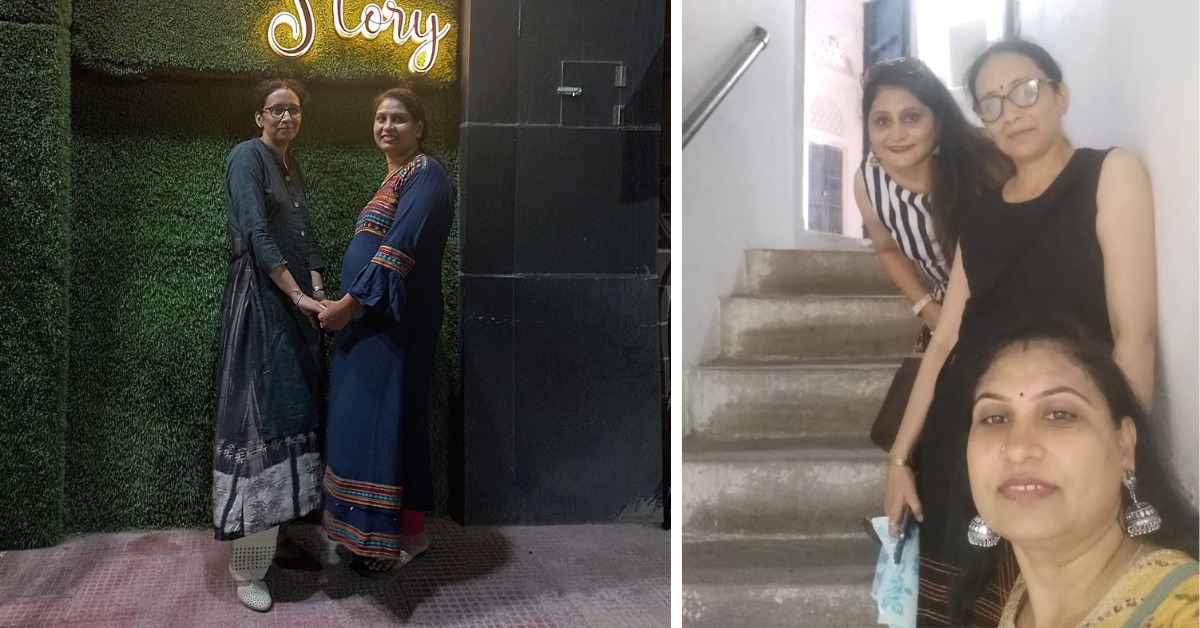
Ask her the secret behind a 30-year bond, and in a heartbeat, she says: Understanding. “We would never complain about each other’s unavailability for a short period. That’s why we’ve lasted this long.”
For Kirti, friendship isn’t about ticking off daily calls. She finds its meaning in the certainty that when life gets heavy, one call will be enough.
And while Kirti’s friendships have stretched across decades, Niharika’s story shows how even hostel bonds weather time in their own way.
Of typhoid nights and birthday reels
When Niharika Bhowmik thinks of school, she remembers the excuses that made friendships possible. “By Class 7, we were sneaking off to ‘prepare for dance competitions’. That was our license to meet at someone’s house — and parents always agreed because it sounded so innocent,” she laughs.
Back then, connections ran on landlines. “We memorised each other’s phone numbers and called with an excuse like ‘I need your notes’, only to end up talking for hours — about movies, books, politics, or life,” she says.
College brought hostel life and friendships that felt like family. “We ate together, laughed over bad food, and ranted about the warden when she wasn’t looking,” she recalls. That family carried her through her hardest days — like when typhoid left her weak and in tears over a plate of watery rice.
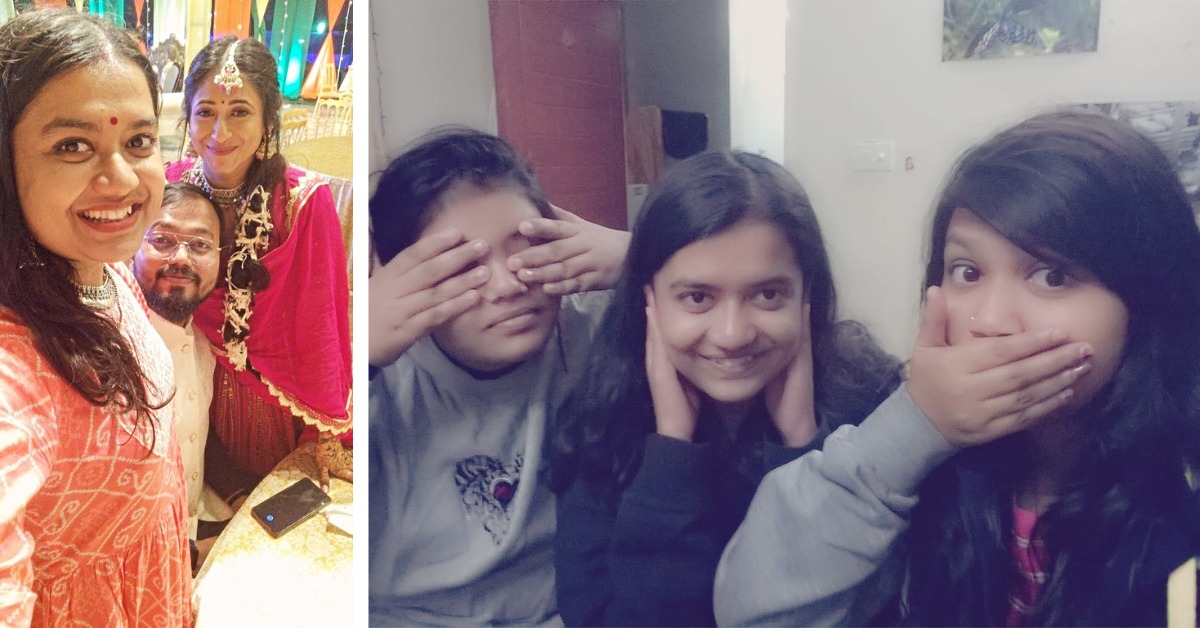
“A friend saw me and yelled, ‘Niharika! Am I dead or what? What are you even eating?’ From that day, for a month, she cooked for me in an electric kettle — daliya (porridge), boiled vegetables, fruit salad, and all sorts of creative recipes. I think I will never forget that effort.”
And then there was a 3 am call. “I couldn’t sleep. I found a quiet corner of the hostel and called a friend. I cried for hours, and he just listened — no advice, no judgement. Listening to someone cry like that isn’t easy. That’s when you know who your people are,” she says.
Today, Niharika is 30, an assistant professor and PhD scholar at PDEU, Gandhinagar. Friends live in different cities now. “We don’t talk every day, but we always circle back,” she says. The connection now runs on WhatsApp, video calls, and reels — funny ones, nostalgic ones, even something helpful.
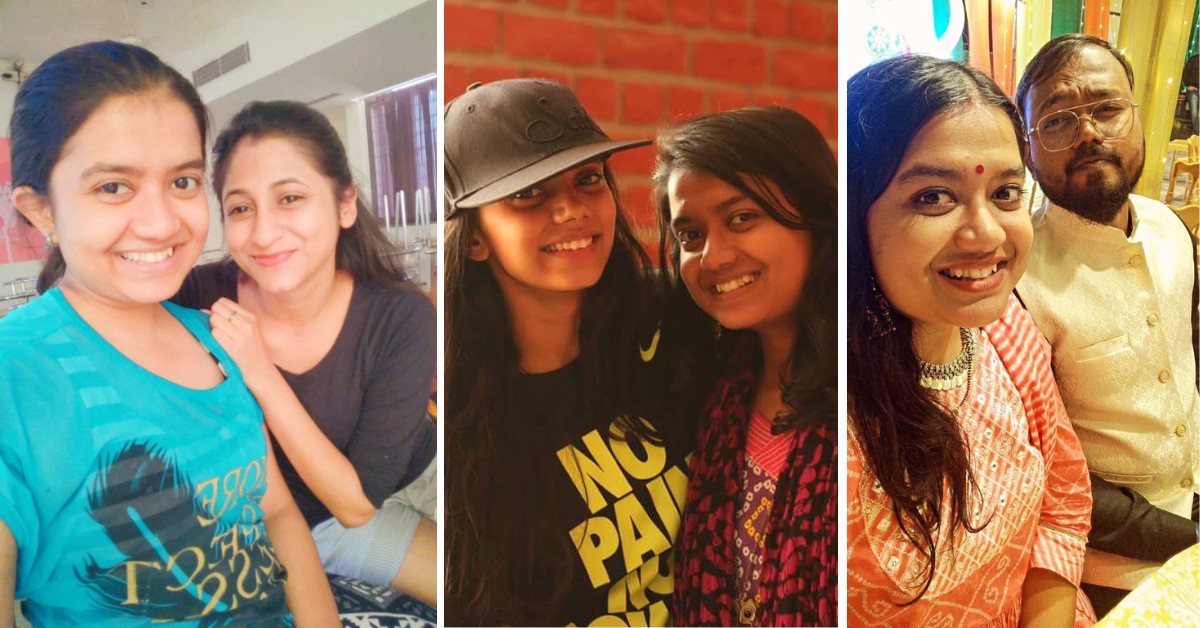
Birthdays have changed too. “Back then, we’d stay up making cards and writing letters. Now, it’s curated videos, long captions, and Instagram stories,” she says. “The medium has changed, sure, but not the place that we hold in each other’s lives.”
I ask her, “What do you do to keep it alive?” She smiles at how simple it is: “We just give each other the comfort of knowing that you’ll never have to explain why you disappeared. When we do talk, it feels like no time has passed.”
Because friendship doesn’t understand kilometres
When I disconnect the last call, I sit back with a thought that refuses to leave: how little distance and time truly matter when it comes to the people who hold space in our hearts. The way we show up may change — rituals replaced, conversations scattered — but the bond stays.
I keep thinking of a question I’d asked during one of those conversations: “Has it become harder to stay in touch now that life has pulled you apart?” Her reply plays in my head like a refrain: “Door hain toh kya hua? Nazar se door hain, dil se door thodi hain. (So what if we are far apart? Out of sight doesn’t mean out of heart.)”

Just then, my trail of thought is broken by my mother’s voice: “Can you help me join this Google Meet?” I walk over, set up her laptop, and watch as the screen flickers to life. A familiar face appears — Ritu, smiling from another city. A wave, a laugh, a quick exchange of ‘Can you hear me?’ — and then they settle in. In a few moments, they will begin their daily virtual yoga session, a new ritual built on an old bond.
And in that moment, it strikes me — friendships don’t shrink with distance and time; they just stretch to fit life.
No comments:
Post a Comment